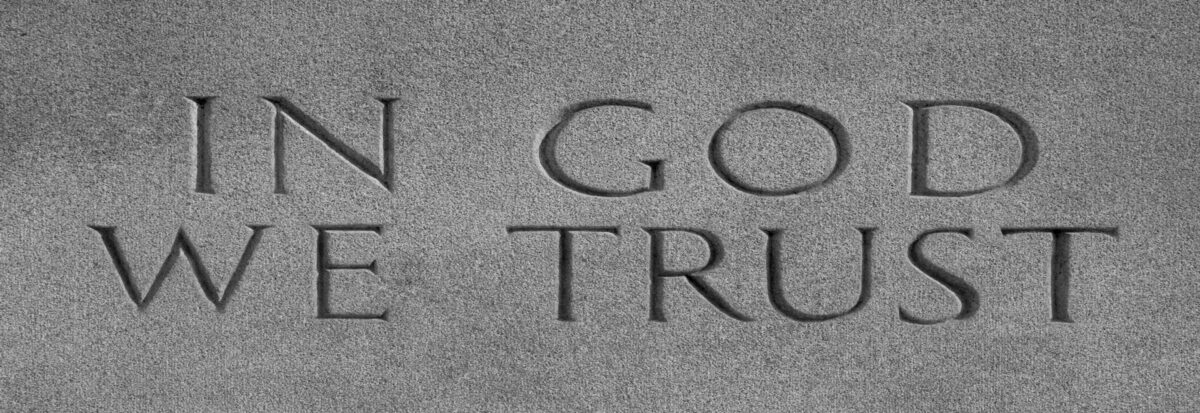By Aniruddha Bhagwat, CEO, Ideosphere
The age of the idea is gasping for air as it finds it difficult to survive in the evolving market dynamics. Everyone has ideas, but how many of them can add to my bottom-line, how long will it take and what’s the probability of success? After strategically running away from these questions for many years, they have finally caught up. While some may scoff at these questions blaming this changing attitude for taking the excitement out of our industry, it is not really true. We are witnessing a transformation. The age of the idea is changing to the age of ideas that can mobilize inspiration. Inspiration to be part of a community, try a product and even, recommend it to others. Ideas leading to inspired customers can impact the bottom line, today, with a high probability of success.
The industry is evolving as per the audience. People have more choice, more money; more power of influence, and honestly, more expectations from brands vying for their attention. An idea, by itself, is just not good enough, they want to really be prodded, flattered and inspired to give their attention. It’s the difference between a child growing up with multiple siblings and an only child. As much as the parents may deny, a child with many siblings has to try slightly harder to get his parents attention.
The changing customers, consumers and environments are forcing a change on the way communications functions. Insights are passé, insights mobilizing business intelligence is the need of the hour. Today, brands can get consumer insights from multiple avenues, but they need help in decoding these insights. Mapping these insights to identify business challenges, and quickly, moving them to develop communications methodologies is a dire need of today’s customers. But how will this happen? Are the current industry structures geared to handle this change?
Frankly, no. This change will level the playing field, where even lean teams adapting to this new industry code can win. In fact, lean teams with multi faceted, sharp and flexible team members can have a clear advantage. Mobilization of ideas to inspiration cannot be bound to one method of communication, it needs to be agile, flexible to change, and adapt based on the impact it’s having. Marketing communication teams need to have the ability, acumen and freedom to toggle between mediums, focusing more on the message, business insights and inspired action. This freedom is not easy to gain, and brands may only give it, if there is a single source of truth. (read: a transparent, real time way to measure impact to justify the freedom of flexibility)
Business outcomes leading from inspired ideas will be lauded. With strong pressure on budgets, leaner teams on the customer side, and technology enabling real time measurability, ideas, by themselves, just wont work as clients are unable to carry the heft of just an idea to be different and possibly, lead to business. They need more surety, not to be mistaken with guarantee, and the teams who can unlock this code will be the leaders of the next phase of our industry.
This may not be everyone’s cup of tea, and may lead to a distinct divide on ‘thinking’ consultancies and ‘execution’ agencies, with neither being better or worse than the other as both need to co-exist. The teams who can bridge this gap will survive. Connecting thinking to execution, insights to logic, transparency to freedom, measurability to truth, and most importantly, ideas to mobilizing inspiration. The age of the idea will never truly die even as it gasps for air, but what it defines as ‘air’ is subject to change. Just like each of today’s campaigns:
The Age of the Idea is Immortal. ** conditions apply













